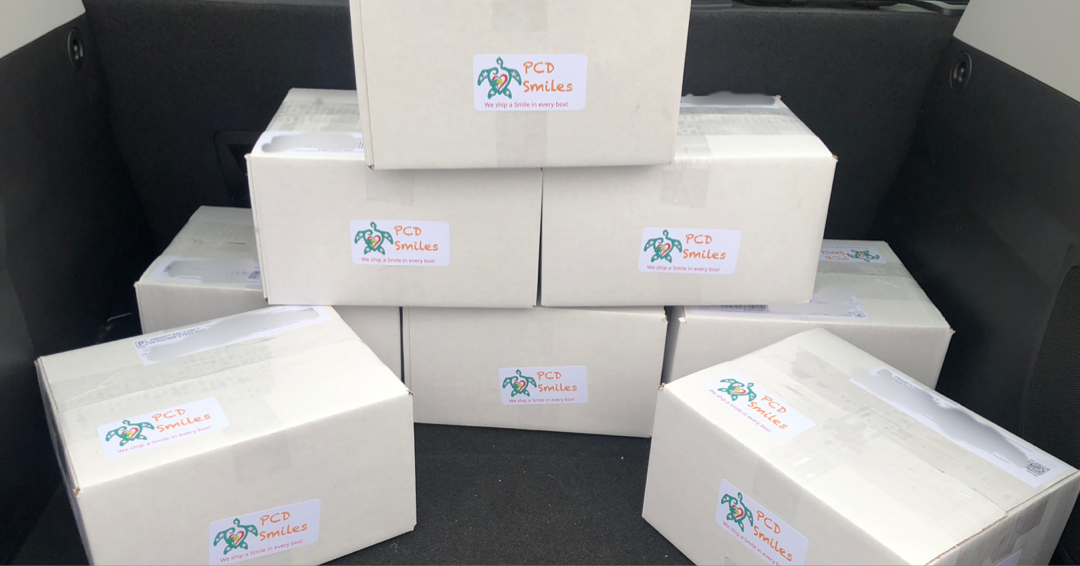Cilia are thought to play an important role in organ placement during the embryonic stage of development in human beings. Nodal cilia are responsible for the establishment of the lateral positioning of organs as the embryo develops. These nodal cilia are very similar to motile cilia found in the respiratory tract of the body. Without proper movement of the nodal cilia, organ placement becomes random throughout the thoracic and the abdominal cavities of the body.
There are three main descriptive terms used to describe the position of both thoracic and abdominal organs in the human body. They are situs solitus, situs inversus, and situs ambiguous. These terms can be further broken down into several others to further explain exact placements of certain organs or combinations of organs. Today we will focus on these three terms; situs solitus, situs inversus, and situs ambiguous.
According to NORD (National Organization for Rare Disorders) approximately fifty percent of primary ciliary dyskinesia (PCD) patients have some form of organ displacement in the human body. The other approximately fifty percent of PCD patients without organ displacement, as well as the rest of the human population without organ displacement, fall into the situs solitus category. A 2018 study published by the U.S. National Library of Medicine cites that out of the fifty percent of people with PCD who have organ displacement, twelve percent of those patients have situs ambiguous, leaving the remaining thirty-eight percent in the situs inversus category. It’s important to note here that while fifty percent of people with PCD have some sort of organ displacement, only twenty-five percent of people with organ displacement actually have PCD as well. So what does situs solitus, situs inversus, and situs ambiguous actually mean in terms of organ placement and or displacement.
Let’s begin with situs solitus. situs solitus is the normal position of the thoracic and abdominal organs. This means the heart is on the left side of the body along with the aorta, bilobed lung, single spleen, stomach, and the systemic atrium of the heart is on the left side of the heart along with the cardiac apex. On the right side of the body is the inferior vena cava, trilobed lung, liver, gall bladder, and the pulmonary atrium is located on the right side of the heart.
Meanwhile in situs inversus the thoracic and abdominal organs are reversed or in complete mirrored image from their normal positions; situs solitus. In situs inversus there is a complete transposition of all abdominal organs and the heart is on the right side; known as dextrocardia. Dextrocardia literally means right-hearted. Situs inversus rarely involves other heart health issues as well as any other medical issue; with the rare exception of PCD. Sometimes situs inversus is called situs inversus totalis but they both technically mean the same thing. However old school medicine used to term stius inversus totals as a complete flip left to right of the body axis, and situs inversus was used to differentiate only a complete flip or either the abdominal cavity or the thoracic cavity. Depending on which doctor you ask today this mistake is commonly repeated. Situs inversus is supposed to be a complete mirror image flip left to right in both the thoracic and abdominal cavities, not just one or the other.
Then we come to the most confusing; situs ambiguous, also known as heterotaxy syndrome . Situs ambiguous is an organ displacement abnormality that involves both components of situs solitus and situs inversus inside the same patient. These patients exhibit abnormal organ arrangement across the left-right axis of the body. They have neither the normal, usual, reversed, or mirrored placement arrangements. Levacardia is a descriptive term used to describe organs displacement where the heart remains on the left side of the body (normal position) but other organs are reversed or mirrored including in the abdominal cavity. Levacardia usually also always involves other structural defects of the heart which can be life threatening at birth and may require immediate medical intervention. Situs ambiguous patients tend to have severe cardiac abnormalities, spleen abnormalities (asplenia or polysplenia), intestinal rotation, and or malabsorption of the abdominal organs. The mortality rate is high in situs ambiguous mainly due to the complexities of the malformations, in particular the severe cardiac malformations.
When a person also has primary ciliary dyskinesia and some form of organ displacement they are said to have PCD with situs inversus, or PCD with situs ambiguous. In days gone by PCD patients who also had situs inversus were said to have Kartagener’s syndrome. Kartagener’s is an outdated term that describes only one subset of PCD. This outdated terminology still persists in today’s society because the name usage has been in medical journals for over a century despite the forward movement of research that has advanced the medical field’s understanding of cilia. PCD patients with any other form of organ displacement other than a complete flip or mirror image actually have PCD with situs ambiguous, including those with multiple spleens and or those with a missing spleen. For more information on the terms used to describe organ displacement in correlation to PCD please visit the PCD Foundation’s article, "What’s in a Name? A Brief History of PCD Terminology".
Researchers are not sure to what extent that nodal cilia actually play in the embryological stage of human development and why certain patients with ciliary dyskinesia have organ displacement and some do not. Hopefully as our technological understanding of the cilia and the diagnostic tools used to examine cilia advance this and other answers will reveal themselves.
So which situs are you? Only your physician is qualified to clarify that answer for you. There are many imagining options out there to help your physician determine your organ placement; MRIs, Ct-scans, Ultrasounds, and X-rays. Unfortunately the older population and even some of the younger population today may be walking around with organ displacement and not even know it. Their physicians may not even be aware of it either. How can this be you ask? Back in the day when organ displacement was seen on an X-ray, it was often dismissed as the X-ray was backwards and no further investigation was initiated. That is a less common occurrence in modern medicine today. Unusual findings are almost always investigated by a patient’s care team. However it’s possible some organ displacements are still missed to this day, especially if the patient has no other health issues that warrant x-rays or other health interventions or investigations.
Be sure to visit us next week for another Topic Thursday!
Join our Facebook group Turtle Talk Café today, click here.
We have several ways that you can donate to PCD Smiles;
- Visit Smile E. Turtle's Amazon Wishlist
- For more information on how you can donate, please visit our "Donation" page to check out our "Do & Don't policies.
- Or sponsor a PCD Smiles cheer package today!
- To shop for your “Official” turtle care ribbon gear today, visit PCD Style or Smile E. Cove
Thank you for your consideration!














